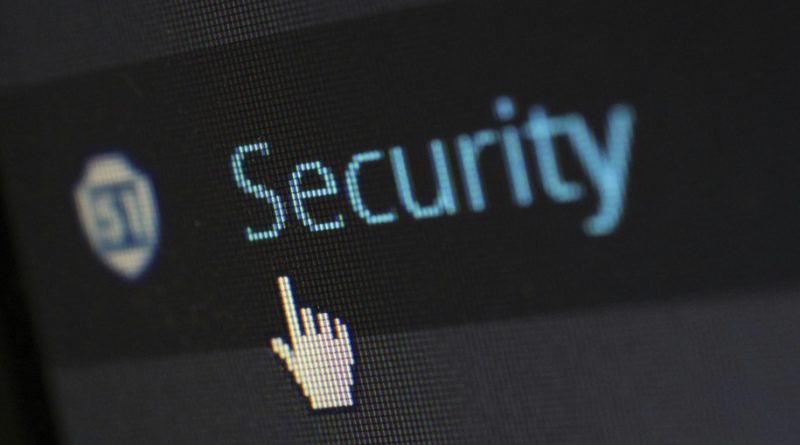Explainer: What is Two-Factor Authentication (2FA) and How to Enable It
We’ve all been told for years to use strong, unique passwords for all of our online accounts. But in 2025, even the strongest password is not enough to keep you truly secure. Data breaches are common, and phishing scams are more sophisticated than ever. If a hacker manages to steal your password, they have the keys to your digital kingdom.
That is, unless you have a second lock.
This second lock is called Two-Factor Authentication (2FA), and it is the single most effective step you can take to secure your online accounts. It’s easy to set up, and it moves your account security from a simple padlock to a bank vault. Here’s what it is and how to enable it everywhere.
What is Two-Factor Authentication? (The Two-Key System)
Think of your online account like a secure safe deposit box at a bank. Your password is the first key. But to open the box, the bank requires a second key—one that only you possess. Two-Factor Authentication is that second key.
It’s a security method that requires you to provide two different types of proof of your identity before you can log in:
- Something you know: This is your password.
- Something you have: This is the second factor—a temporary code generated on a device that is physically in your possession, like your smartphone.
Even if a hacker steals your password (your first key), they cannot get into your account because they do not have your second key.
Why It’s One of the Best Security Measures You Can Take
The power of 2FA is that it immediately neutralizes the threat of a stolen password. A hacker could have the password to your email or bank account, but when they try to log in from their own computer, the service will prompt them for the six-digit code from your phone. Since they don’t have your phone, they can’t get in. It stops them cold. It is a simple and incredibly effective defense against the most common types of cyberattacks.
The Different Types of 2FA (From Good to Best)
Not all “second factors” are created equal. Here are the most common types, from good to best:
- Good: SMS (Text Message) Codes: This is the most basic form of 2FA. When you log in, the service sends a code to your phone via text message. It’s much better than nothing, but it is vulnerable to “SIM-swapping” attacks where a hacker tricks your mobile carrier into transferring your phone number to their own phone.
- Better: Email Codes: Similar to SMS, a code is sent to your email address. This is slightly more secure than SMS but is still vulnerable if your email account itself gets compromised.
- Best: Authenticator Apps: This is the gold standard for most users. You use an app like Google Authenticator, Microsoft Authenticator, or Authy on your phone. When you add an account, the app generates a new, time-sensitive six-digit code every 30 seconds. This code is generated entirely on your device and is never transmitted over a network, making it far more secure than SMS.
How to Enable It on Your Most Important Accounts
Enabling 2FA takes less than five minutes per account and is one of the best investments of time you can make.
- Download an Authenticator App: Before you start, download one of the authenticator apps mentioned above to your smartphone.
- Go to Your Account’s Security Settings: Log into the website for your most critical accounts (your primary email, your bank, your main social media). Navigate to the “Security” or “Login & Security” section.
- Find the 2FA/MFA Option: Look for an option called “Two-Factor Authentication,” “Multi-Factor Authentication (MFA),” or “2-Step Verification.”
- Follow the Prompts: The website will guide you through the process. It will typically show you a QR code on the screen.
- Scan the Code with Your App: Open your authenticator app, tap the “+” button to add a new account, and point your phone’s camera at the QR code on your computer screen.
- Save Your Backup Codes: Your authenticator app will now be linked and will generate codes. The website will also give you a set of one-time-use backup codes. This is critical. Save these codes in a safe, secure place (like your password manager or a physical document). These codes are your emergency key if you ever lose your phone.
Take 15 minutes today to enable 2FA on your most important accounts. It’s a simple step that provides a massive upgrade to your digital security.




